Alyssa Wealty |
- Mar 25, 2024

Trauma-Informed Care
Clinical Pearls Video Series
Video Chapters
Click on the three lines in the upper left corner to see chapter information or reference the chapter table of contents below to navigate to specific chapters.
- Assessment
- How do I ask about adverse childhood experiences (ACEs) without being intrusive? (0:31–2:28)
- What screening tools and language can I use to understand the potential exposure risk while creating a safe environment to talk about trauma? (2:31–4:01)
- What do I do if I suspect the caregiver is the perpetrator of abuse or neglect? (4:02–4:43)
- What are other signs or red flags that may suggest abuse or neglect is occurring to a child? How does this present across different age groups? (4:44–5:52)
- How can I make a busy practice more friendly to patients and families who may have experienced trauma or generational trauma? (5:52–8:19)
- Management
- What therapies and medications can help the emotions, behaviors, and interpersonal conflict seen in youth with trauma or PTSD? (8:20–11:08)
- Where can I find resources for patients, families, my staff, and myself related to the manifestations and impact of trauma on youth and families? (11:09–12:14)
- Key Takeaways (12:17–13:00)
 Alyse Folino Ley, D.O., Child & Adolescent Psychiatrist, Michigan State University
Alyse Folino Ley, D.O., Child & Adolescent Psychiatrist, Michigan State UniversityTraumatic events in childhood negatively impact mental and physical health across the lifespan. These adverse childhood experiences, or ACEs, are common but also preventable.
- In the late 1990s, the Center for Disease Control and Kaiser Permanente surveyed 17,000 adults regarding ACEs. The ten ACEs initially researched included child abuse (physical, sexual, or emotional); household stressors/traumas (family violence, substance use, mental illness, divorce and/or incarceration of a family member); and neglect (emotional and/ or physical).
- Researchers discovered over 64% of adults reported experiencing at least one of the negative events/trauma as children or adolescents and over 17% of individuals reported enduring four or more ACES prior to age 18.
- The researchers also discovered that the more adverse experiences a person endured, the more likely they were to have poor physical and mental health outcomes as an adult, including cancer, cardiovascular disease, substance use disorders, depression, and early death.
Individuals who face or witness a life-threatening or traumatic event, serious injury, sexual violence, or learn of a family member who experienced such an event, are at risk of developing Post Traumatic Stress Disorder (PTSD).
- Yearly, PTSD affects 3.5% of adults and 5% of youth in the U.S..
- Approximately one in 11 individuals are diagnosed with PTSD during their life. The development of PTSD is dependent upon many factors, including, severity of the event, the nature of the event, the age of the child, a history of other psychiatric disorders, the ability to obtain help and support, and adults’ reactions.
ACEs are linked to an increased risk of chronic health conditions, mental health conditions, and substance use disorders, and decreased educational and vocational achievement.
- PTSD can vary in severity from mild functional impairment to severe and can even become debilitating.
- The neurochemical changes that take place during a traumatic event can hijack brain functioning, leaving an individual trapped in the fight or flight response.
- Youth with PTSD have symptoms related to intrusive memories (nightmares, flashbacks), hyperarousal, avoidance, as well as mood and cognitive alterations.
- Children and adolescents manifest their symptoms in different ways at different ages. Young children are more likely to reenact their trauma through play whereas older children and adolescents may present with suicidal ideation, somatic complaints, social withdrawal, detachment, disorganized, oppositional /defiant behavior, difficulties with concentration, aggression, anger outbursts, anhedonia, irritability, worries about safety, and fear of death.
Although traumatic events and adverse experiences increase an individual’s mental and physical comorbidities, individuals who have been traumatized often avoid seeking care. Avoidance behaviors and the stigma associated with pursuing psychiatric care often prevent individuals from obtaining the care they need.
Resources Mentioned in the Video
- The National Child Traumatic Stress Network: https://www.nctsn.org/
- American Academy of Child and Adolescent Psychiatry, Facts for Families: https://www.aacap.org/AACAP/Families_and_Youth/Facts_for_Families/FFF-Guide/Posttraumatic-Stress-Disorder-PTSD-070.aspx
- American Academy of Pediatrics, Trauma Toolbox for Primary Care: https://www.aap.org/en/patient-care/foster-care/supporting-children-who-have-experienced-trauma/
- Care Process Model: Diagnosis and Management of Traumatic Stress in Pediatric Patients: https://intermountainhealthcare.org/ckr-ext/Dcmnt?ncid=529796906
- International Society of Trauma Stress Studies: https://istss.org/public-resources
- American Psychiatric Association, What is Posttraumatic Stress Disorder (PTSD)? https://www.psychiatry.org/patients-families/ptsd/what-is-ptsd
- CDC Fast Facts, Preventing Adverse Childhood Experiences: https://www.cdc.gov/violenceprevention/aces/fastfact.html
- Veteran Affairs, National Center for PTSD: How Common is PTSD in Children and Teens? https://www.ptsd.va.gov/understand/common/common_children_teens.asp
- National Sexual Violence Resource Center: https://www.nsvrc.org/
- National Resource Center on Domestic Violence: https://www.nrcdv.org/
- RAINN Hotline: 1-800-656-HOPE(4673): https://rainn.org/about-national-sexual-assault-telephone-hotline
- Michigan Department of Health and Human Services Trauma-Informed Care Programs and Policy Initiatives: https://www.michigan.gov/mdhhs/adult-child-serv/childrenfamilies/tts/btim/mtisppi
Screening Tools
- PTSD/Trauma: Safe Environment for Every Kid (SEEK): https://seekwellbeing.org/seek-materials/ (requires license)
- PTSD/Trauma: Pediatric Traumatic Stress Screening Tool (PTSST): https://intermountainhealthcare.org/ckr-ext/Dcmnt?ncid=529796906
- Anxiety: Screen for Childhood-Related Disorders Scale (SCARED): https://www.aacap.org/App_Themes/AACAP/docs/member_resources/toolbox_for_clinical_practice_and_outcomes/symptoms/ScaredChild.pdf
- Anxiety: Generalized Anxiety Disorder screener (GAD-7): https://adaa.org/sites/default/files/GAD-7_Anxiety-updated_0.pdf
- Depression: Patient Health Questionnaire (PHQ-9): https://www.apa.org/depression-guideline/patient-health-questionnaire.pdf
- Suicidality: Ask Suicide Screening Questionnaire (ASQ): https://www.nimh.nih.gov/sites/default/files/documents/research/research-conducted-at-nimh/asq-toolkit-materials/asq-tool/screening_tool_asq_nimh_toolkit.pdf
- Suicidality: Columbia Suicide Severity Rating Scale (CSSR-S): https://cssrs.columbia.edu/wp-content/uploads/C-SSRS_Pediatric-SLC_11.14.16.pdf
Other Resources
- MC3 Recordings:
- Pediatric Meltdown Podcast Episodes:
- Breaking Down Mental Health Podcast Episode:
Merikangas KR, He JP, Burstein M, et al. Lifetime prevalence of mental disorders in U.S. adolescents: results from the National Comorbidity Survey Replication–Adolescent Supplement (NCS-A). J Am Acad Child Adolesc Psychiatry. 2010 Oct;49(10):980-9. https://www.ncbi.nlm.nih.gov/pmc/articles/PMC2946114/
Swedo EA, Aslam MV, Dahlberg LL, et al. Prevalence of Adverse Childhood Experiences Among U.S. Adults — Behavioral Risk Factor Surveillance System, 2011–2020. MMWR Morb Mortal Wkly Rep 2023;72:707–715. DOI: http://dx.doi.org/10.15585/mmwr.mm7226a2
Test your knowledge with an optional 5-question quiz below. (Note: If you wish to receive a certificate of completion for this MC3 Clinical Pearl, you must receive a passing score of 80%.)

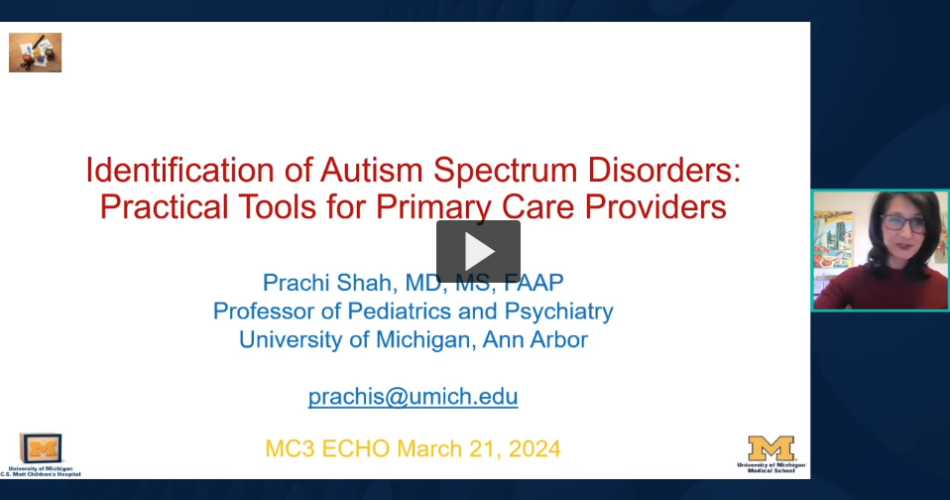


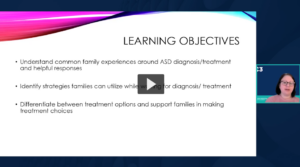
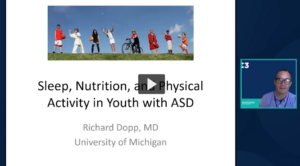
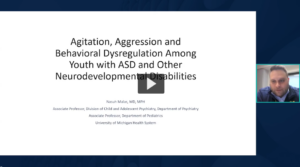
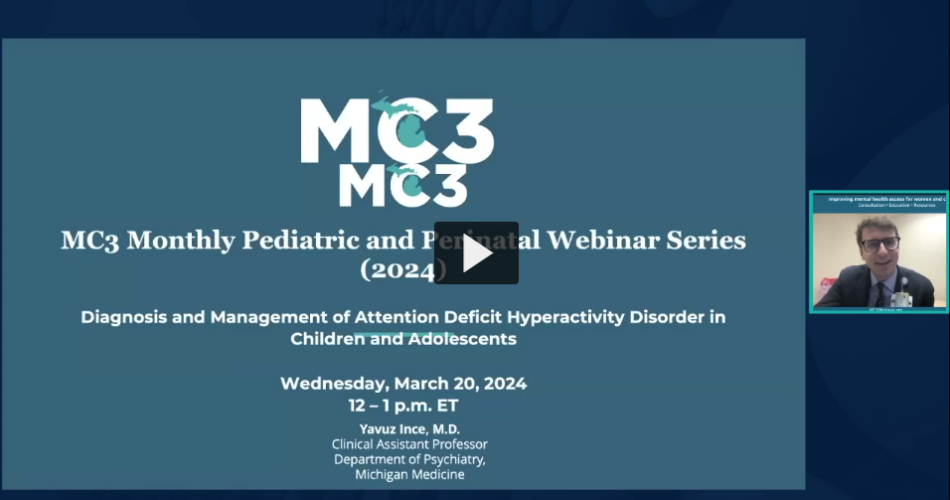

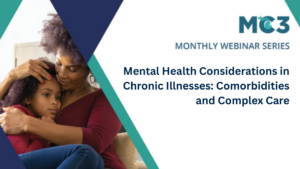

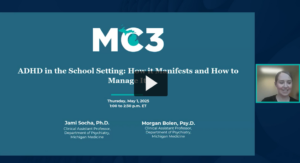
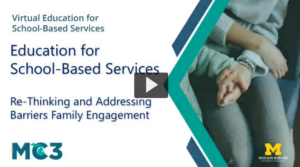

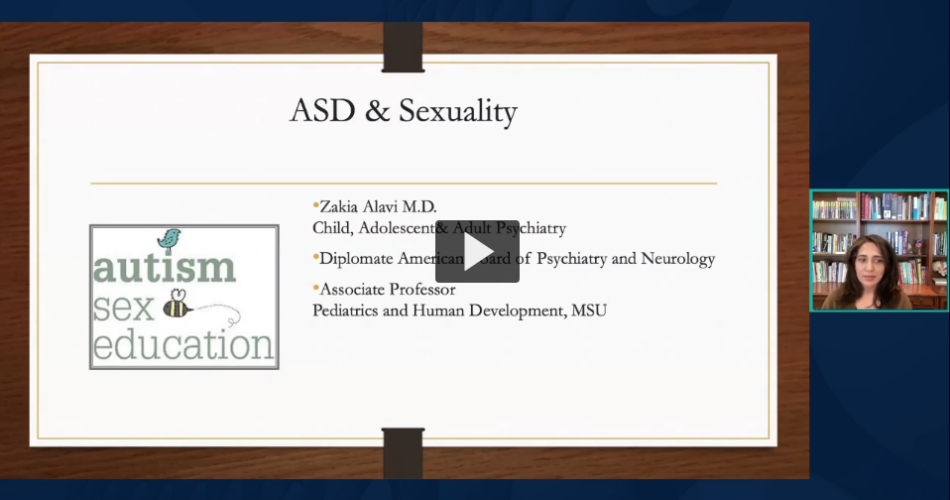

No Comments |